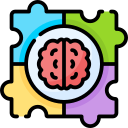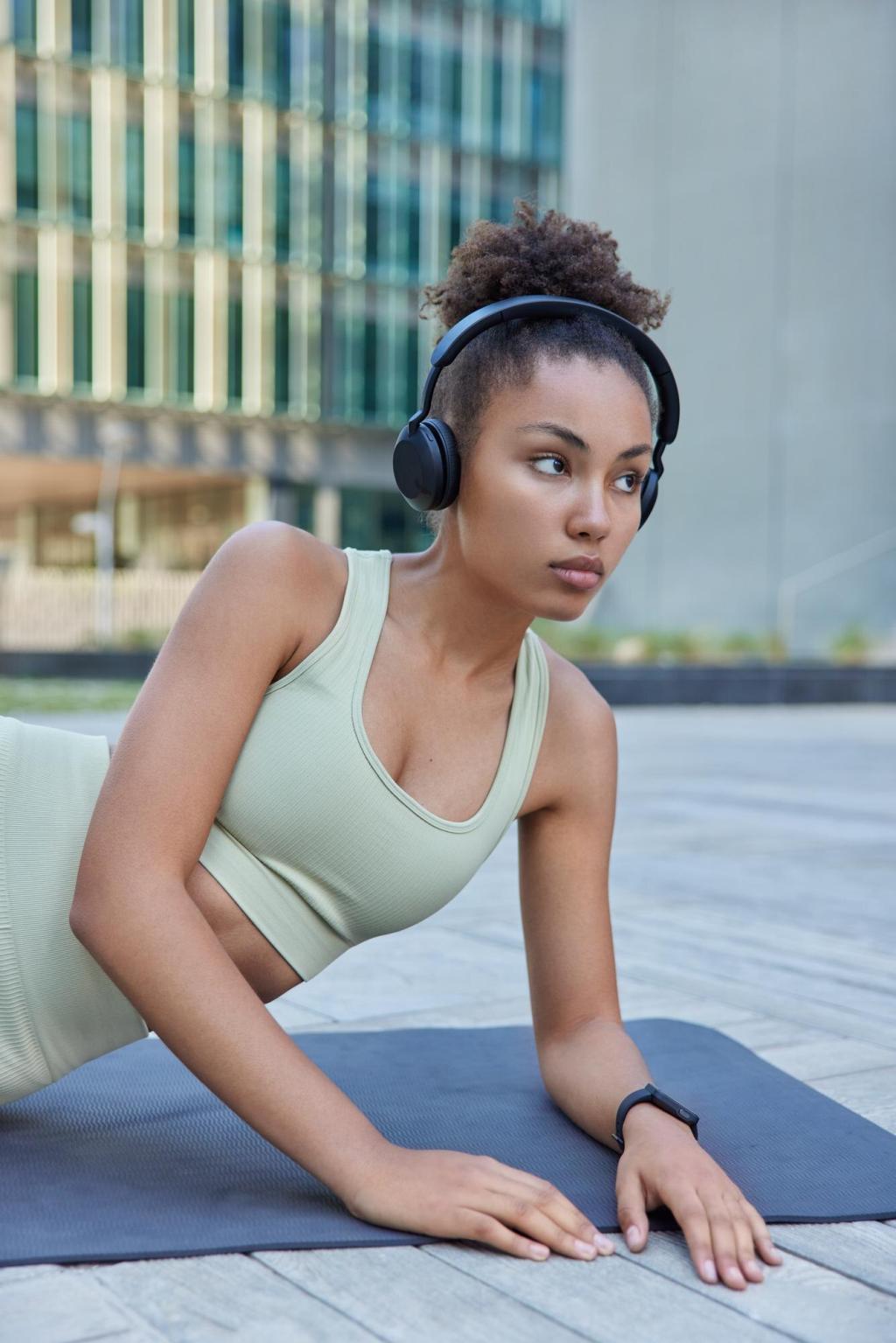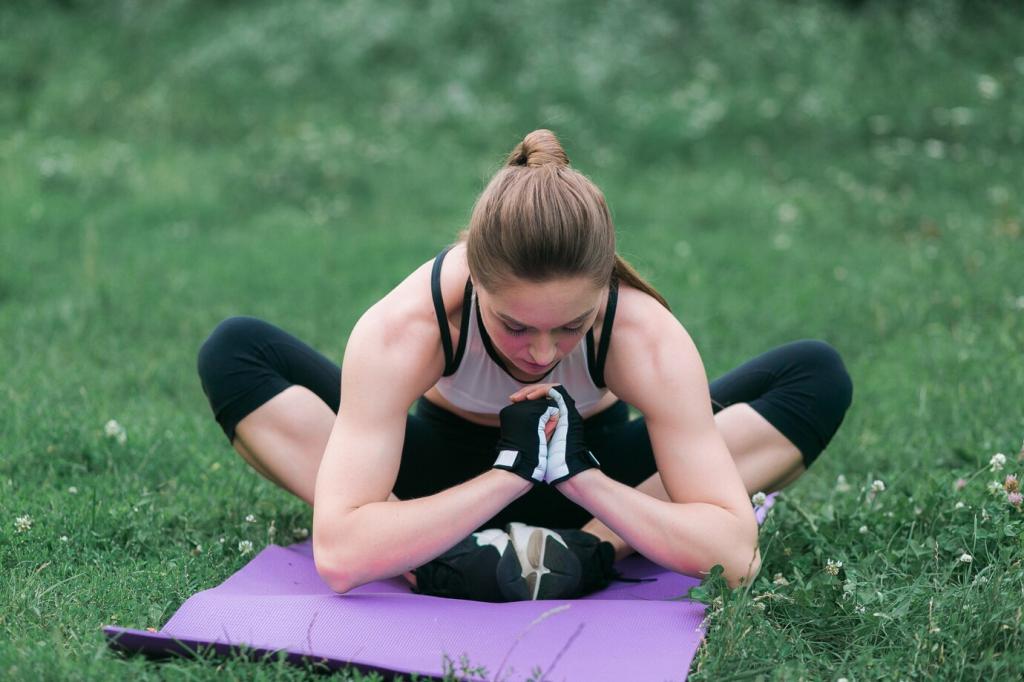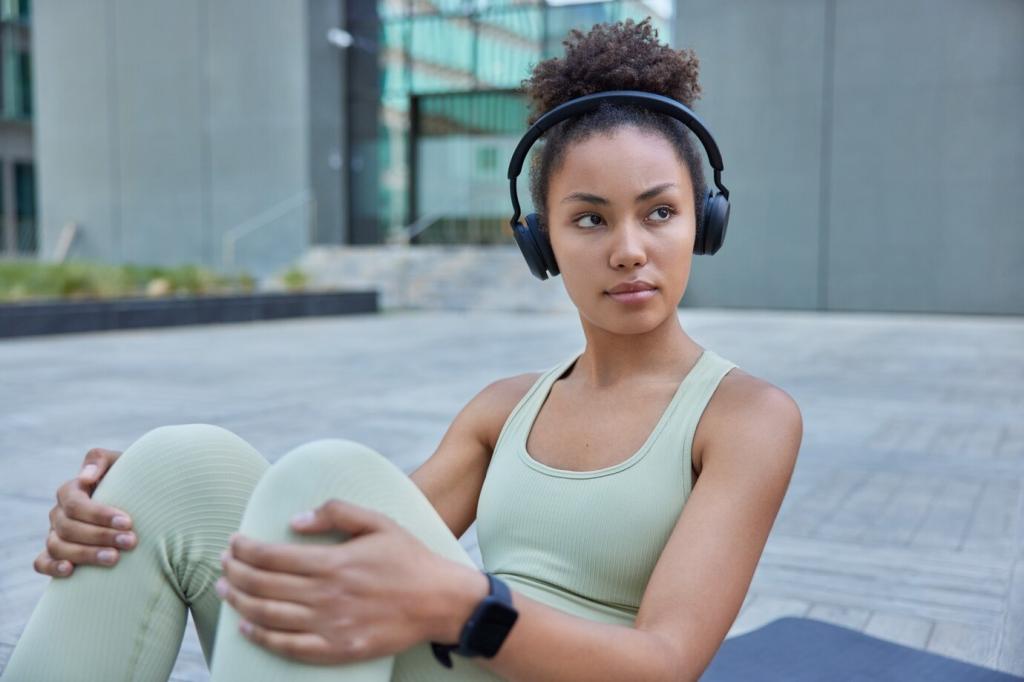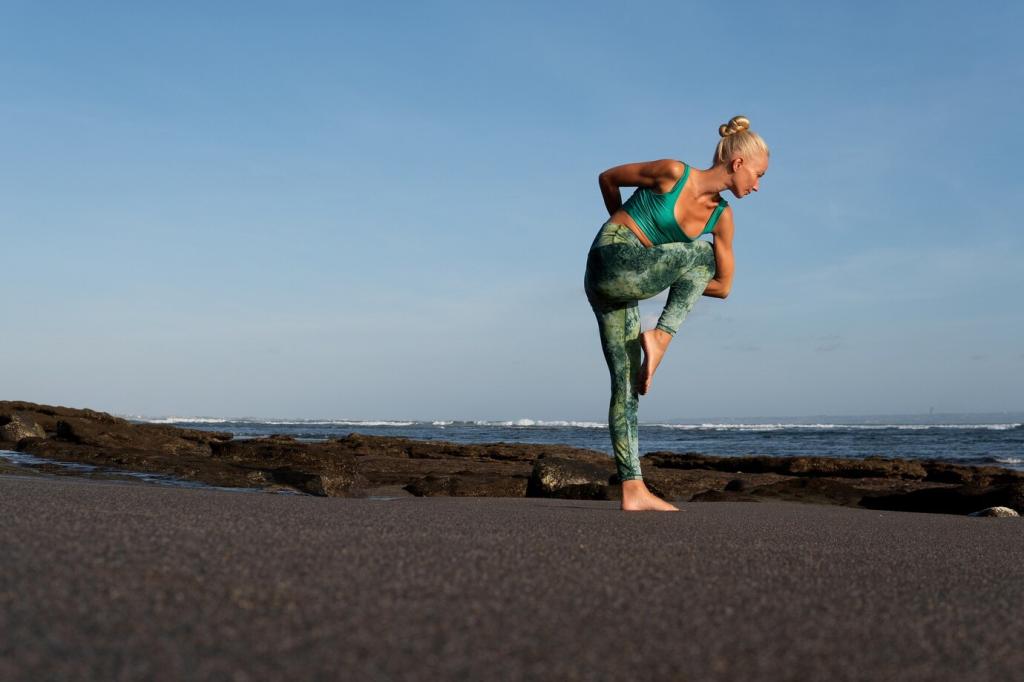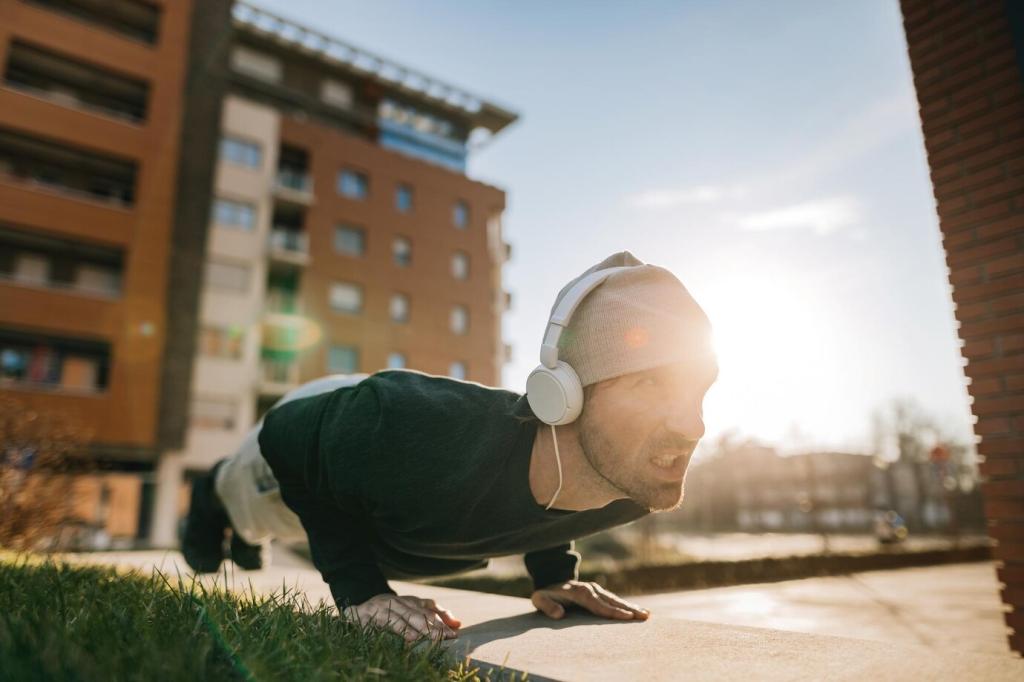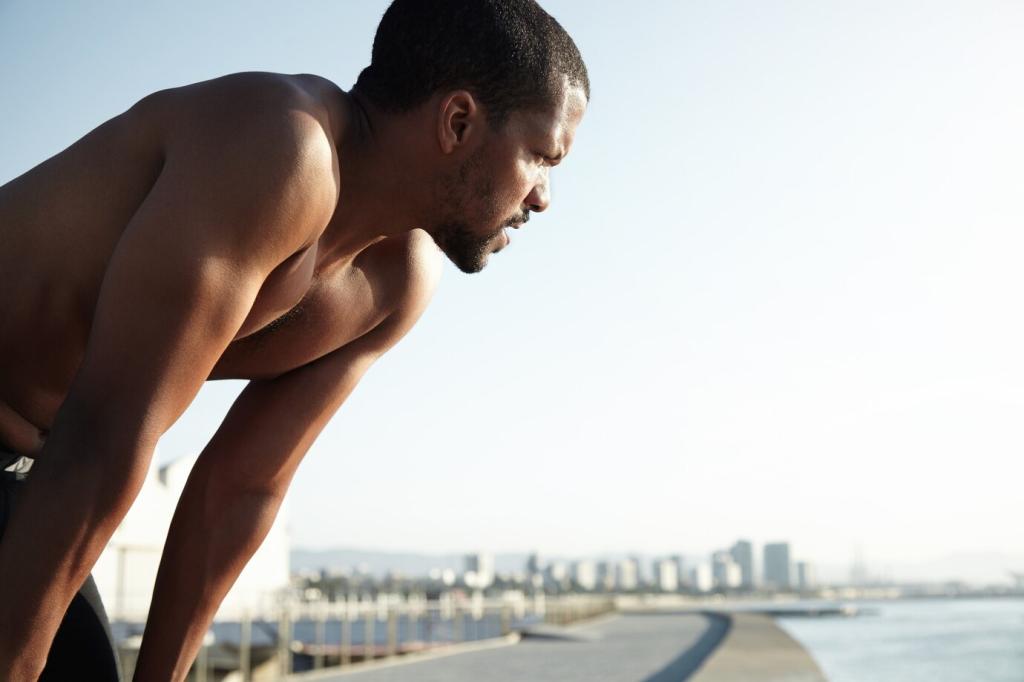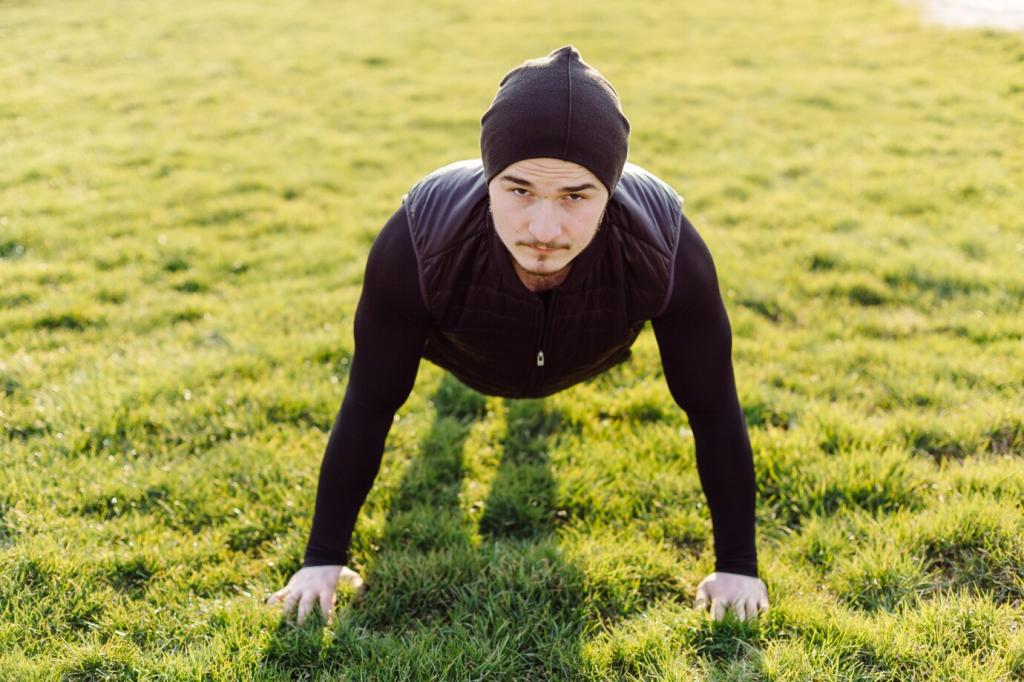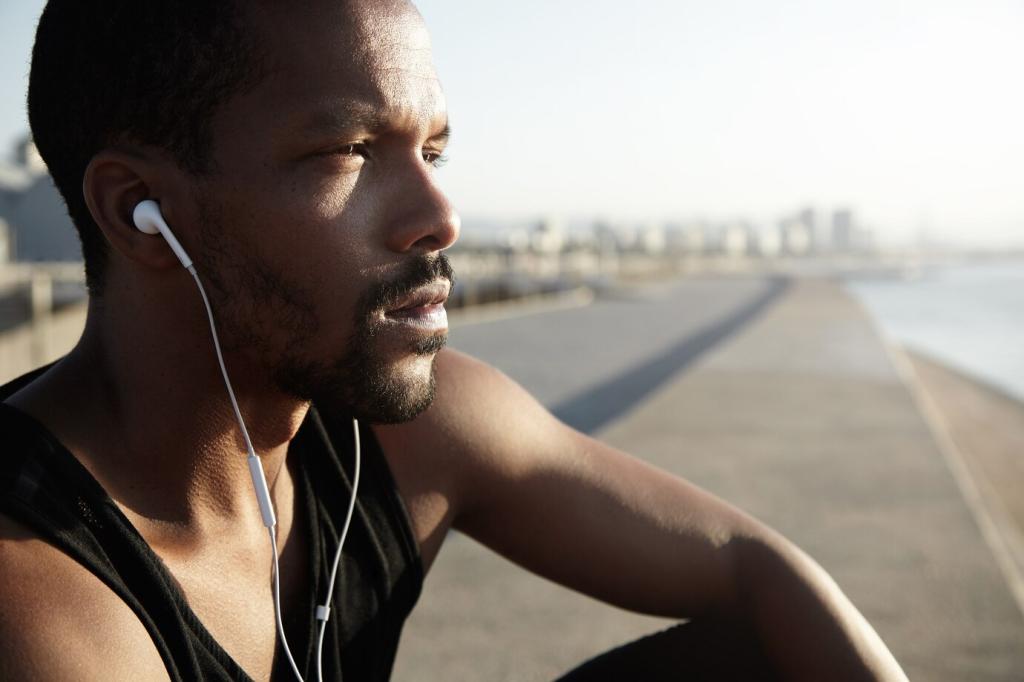Track, Measure, and Sustain
Log imagery minutes, mindfulness minutes, cues used, and one sentence on how it felt. Rate focus and confidence from one to ten. Share your format and tag a teammate to join you.
Track, Measure, and Sustain
If you track heart rate variability, pair low-HRV mornings with gentler breath-focused sessions and short imagery. Protect recovery while still training the mind. Tell us how you adjust when readiness dips.
